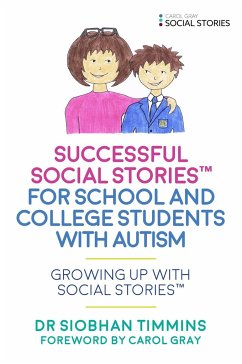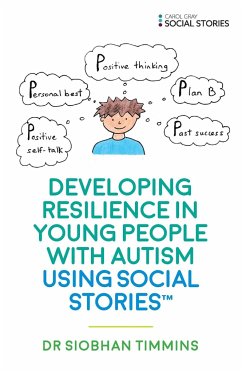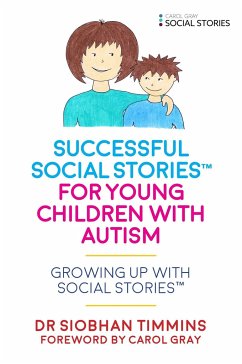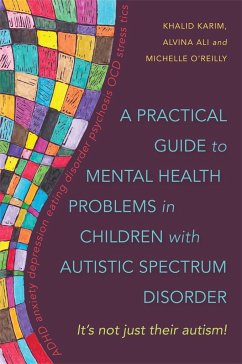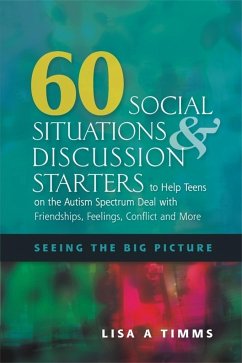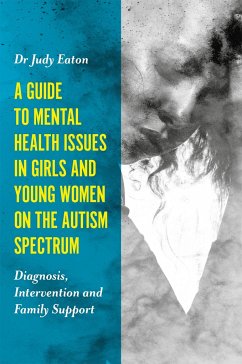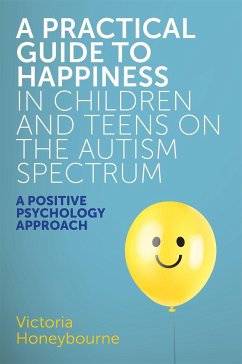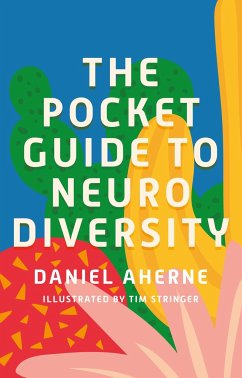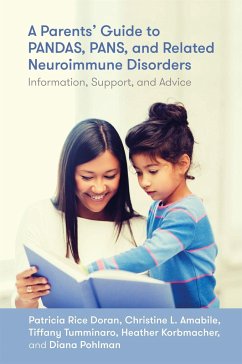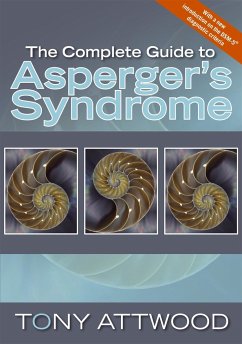Nicht lieferbar

A Guide to Writing Social Stories(TM)
Step-by-Step Guidelines for Parents and Professionals
Versandkostenfrei!
Nicht lieferbar
Created with the input of parents and professionals, this step-by-step guide shows exactly how to create effective Social Storiesâ for children with an autism spectrum disorder. This book shows how to go from using ready-made stories to writing tailored stories that will improve social understanding, following Carol Gray's popular guidelines.





